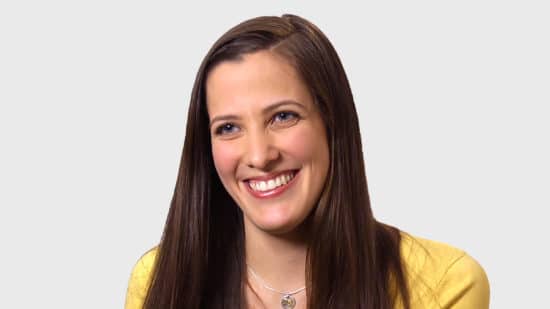Aerospace Engineer
What you need to know
Aerospace engineers design primarily aircraft, spacecraft, satellites, and missiles. In addition, they create and test prototypes to make sure that they function according to design.
Aerospace engineers now spend more of their time in an office environment than they have in the past because modern aircraft design requires the use of sophisticated computer equipment and software design tools, modeling, and simulations for tests, evaluation, and training.
Some of the things an aerospace engineer might do:
- Direct and coordinate the design, manufacture, and testing of aircraft and aerospace products
- Assess proposals for projects to determine if they are technically and financially feasible
- Determine if proposed projects will result in safe operations that meet the defined goals
- Evaluate designs to see that the products meet engineering principles, customer requirements, and environmental regulations
- Develop acceptance criteria for design methods, quality standards, sustainment after delivery, and completion dates
- Ensure that projects meet quality standards
- Inspect malfunctioning or damaged products to identify sources of problems and possible solutions
Watch this video to learn more from our aerospace engineer role models:
- Analytical skills: Aerospace engineers must be able to identify design elements that may not meet requirements and then must formulate alternatives to improve the performance of those elements.
- Business skills: Much of the work done by aerospace engineers involves meeting federal government standards. Meeting these standards often requires knowledge of standard business practices, as well as knowledge of commercial law. Additionally, project management or systems engineering skills can be useful.
- Critical-thinking skills: Aerospace engineers must be able to produce designs that meet governmental standards, and to figure out why a particular design does not work. They must be able to ask the right question, then find an acceptable answer.
- Math skills: Aerospace engineers use the principles of calculus, trigonometry, and other advanced topics in math for analysis, design, and troubleshooting in their work.
- Problem-solving skills: Aerospace engineers use their education and experience to upgrade designs and troubleshoot problems when meeting new demands for aircraft, such as increased fuel efficiency or improved safety.
- Writing skills: Aerospace engineers must be able both to write papers that explain their designs clearly and to create documentation for future reference.
Watch this video to learn more from our aerospace engineer role models:
The average pay for aerospace engineers in the United States was $130,720 in May 2023 according to the U.S. Bureau of Labor Statistics.
The specific pay depends on factors such as level of experience, education and training, geographic location, and specific industry.
About 3,800 new job openings for aerospace engineers are projected each year, on average, over the next 10 years in the United States.
Employment of aerospace engineers is projected to grow 6 percent from 2021 to 2031 according to the U.S. Bureau of Labor Statistics. This is about as fast as the average growth rate for all occupations.
Aircraft are being redesigned for less noise pollution and better fuel efficiency, particularly with the introduction of electric and hybrid-electric aircraft, which should help sustain demand for aerospace engineers.
In addition, continued interest in drones will help to drive employment growth for these engineers.
Entry-level aerospace engineers usually need a bachelor’s degree. High school students interested in studying aerospace engineering should take courses in chemistry, physics, advanced math, and computer programming and computer languages.
Bachelor’s degree programs include classroom, laboratory, and field studies in subjects such as general engineering principles, propulsion, stability and control, structures, mechanics, and aerodynamics, which is the study of how air interacts with moving objects.
Discover some of the courses you will take pursuing a degree in Aerospace Engineering.
Watch this video to learn more from our aerospace engineer role models:




















